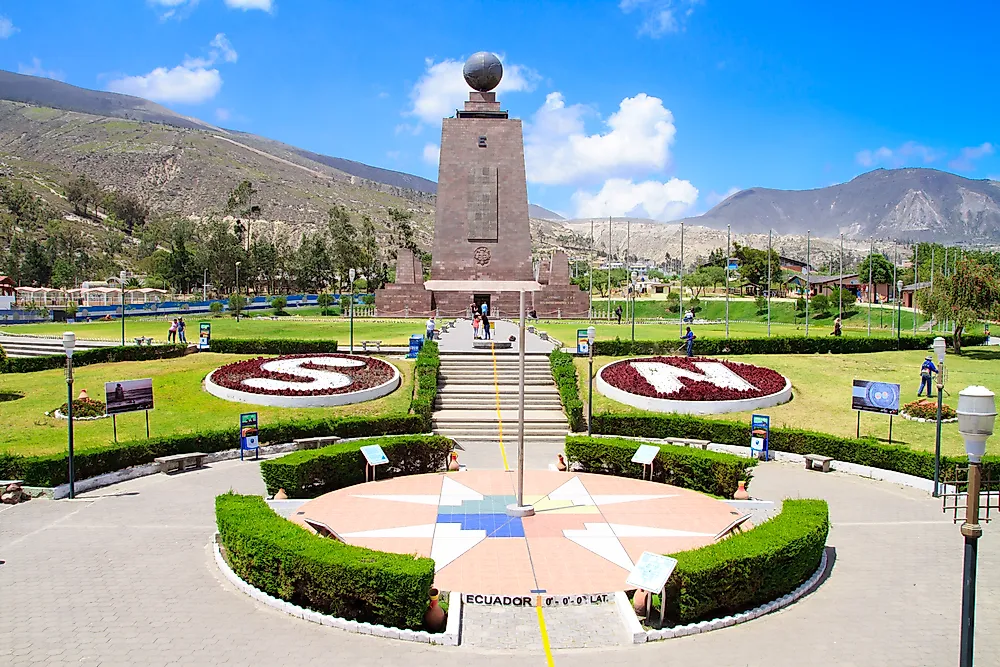Do Places Near The Equator Have Seasons?

A season is a specific period of the year that is distinguished by predictable climatic conditions. There are four seasons: spring, summer, autumn (or fall), and winter. Each season is caused by the Earth's axial tilt and orbit around the Sun, and is characterized by specific climatic conditions and weather patterns. In the polar and temperate regions, seasonal changes are marked by variance in sunlight intensity. For example, between May and July, the Northern Hemisphere receives more sunlight since it is facing the Sun, while the Southern Hemisphere receives more sunlight from November through January. The seasons are more pronounced in some regions than others. In North America and parts of Europe, there are clear dividing lines between the seasons, while regions near the Equator experience minimal variation, and instead may categorize a season as either wet or dry. Seasons capture important ecological events in various parts of the world, such as dictating planting and harvesting patterns, migration season, and in some regions wildfire, tornado, and hurricane seasons.
Equatorial Seasons
During the Autumn and Spring equinoxes, the Sun crosses directly over the Equator, resulting in a rise in intensity of sunlight, and consequently an increase in temperature. Throughout the year, regions close to the Equator experience a warm climate with minimal seasonal variation. As a result, equatorial cultures recognize wet and dry seasons only. The wet season is often long and is responsible for the expansive rainforests along the Equator, including the Amazon, Congo, and the forests of Southeast Asia. However, humid weather cools the equatorial region, meaning that is not the hottest region of the world although it is closest to the Sun. Many communities thrive in the equatorial region, as consistent rainfall and warm climate create a desirable environment for agriculture.
Mount Kilimanjaro in Tanzania is located 205 miles from the Equator, but its elevation results in a cool climate with alpine glaciers and dry weather. The Andes also lack the warm and humid climate that characterizes the Equator. The mountains have some of the highest peaks in the world but are located close to the Atacama Desert, which is the driest desert on the planet. The equatorial climate supports diverse flora and fauna and plays a vital role in cooling the planet. The Congo and Amazon rainforests are rich in biodiversity, while the savannas of Kenya and Tanzania are home to incredible wildlife. The Andes is home to camelid species, including vicunas, alpacas, guanacos, and llamas.
Polar Seasons
Winter in the Northern Hemisphere starts on December 21 or 22, and is known as the winter solstice. This is the day when the North Pole experiences the shortest period of daylight. June 20 or 21 marks the beginning of summer, which is the day with the longest period of daylight, and is referred to as the summer solstice. Autumn and spring have equal amounts of daylight and darkness. Seasons in the Southern Hemisphere are opposite those in the Northern hemisphere, as winter begins on June 20 or 21, while summer starts on December 21 or 22.
Elliptical Orbit
The axial tilt of the Earth contributes to seasonal changes more than any other factor. Despite common belief, the distance from the Sun has very little influence on seasons, even though Earth has an elliptical orbit. Earth is closest to the Sun in January and farthest in July, and therefore opposes temperature trends in the poles. Generally, Earth's elliptical orbit results in less than 7% variation in sunlight. Seasonal weather also depends on other factors such as the proximity of a large body of water, currents, prevailing winds, and oceanic cycles.











